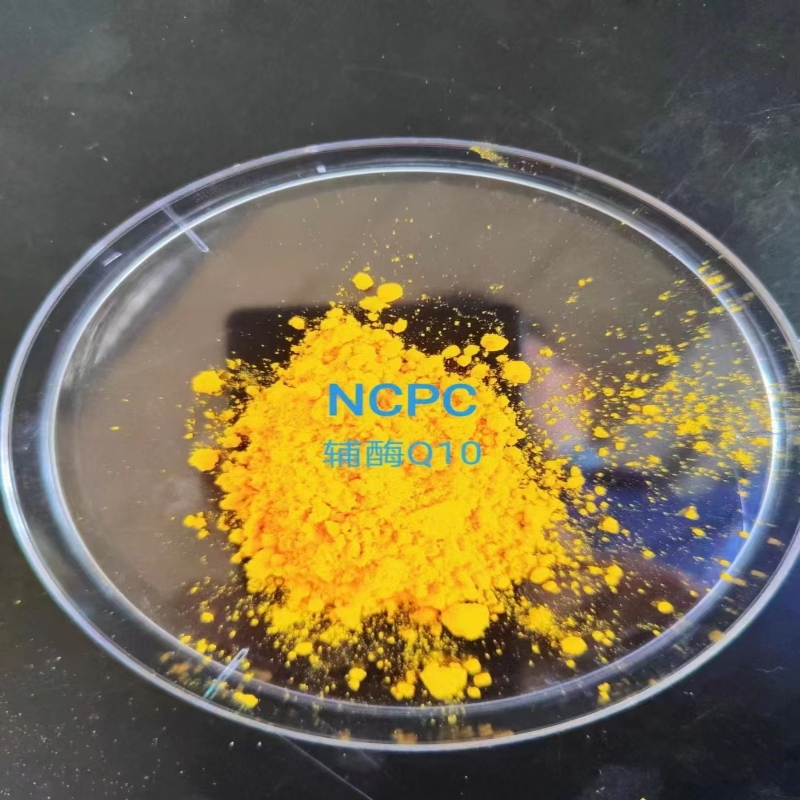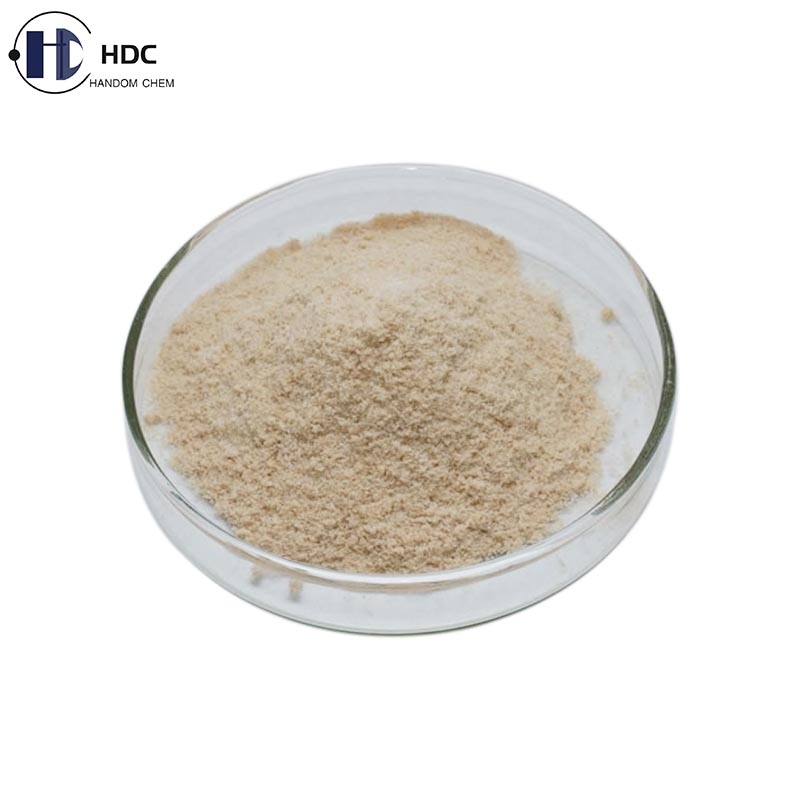-
Categories
-
Pharmaceutical Intermediates
-
Active Pharmaceutical Ingredients
-
Food Additives
- Industrial Coatings
- Agrochemicals
- Dyes and Pigments
- Surfactant
- Flavors and Fragrances
- Chemical Reagents
- Catalyst and Auxiliary
- Natural Products
- Inorganic Chemistry
-
Organic Chemistry
-
Biochemical Engineering
- Analytical Chemistry
-
Cosmetic Ingredient
- Water Treatment Chemical
-
Pharmaceutical Intermediates
Promotion
ECHEMI Mall
Wholesale
Weekly Price
Exhibition
News
-
Trade Service
March 2, 2015 / BIOON / - the traditional strategy of producing transgenic insect resistant crops is to transfer Bt toxin gene into plant nuclear genome, but at present, some pests have been found to have resistance to Bt toxin protein, so scientists are working on new strategies of producing transgenic insect resistant crops Scientists from Max Planck Institute in Germany published a paper in the journal Science on February 27, claiming that they used a strategy of transferring double stranded RNA into chloroplasts to produce a transgenic potato with insect resistance Generally, RNA exists as a single strand in cells, and dsRNA is a special form If the specific dsRNA is fed to the pest, the dsRNA can be absorbed by the gut of the pest, and then cut into small interfering RNA (siRNA) by the nuclease in the pest cell, which can interfere with the normal function of the pest gene with the same sequence, thus killing the pest So dsRNA is considered to be a very specific "insecticide" However, if double stranded RNA is directly transferred into plant nuclear genome, it can not play a good role in insect resistance Because only the double stranded RNA with a length of more than 60 BP can be absorbed by pests, and the double stranded RNA is cut into small fragments of 21bp by plant nucleases Scientists in Germany have found that there is no nuclease in chloroplasts that cuts double stranded RNA, so it can be used as a good carrier The researchers take the β - actin gene necessary for the growth of potato beetle as the target gene, and transfer the specific double stranded RNA into the potato chloroplast, which has obvious insect resistance effect The beetle larvae were fed with the potato leaves, and all of them died five days later The researchers also found that if the same double stranded RNA was transferred into the potato nuclear genome with traditional transgenic strategy, the potato would not have insect resistance effect at all The researchers believe that this "chloroplast transfer" method will become a new strategy for the production of transgenic insect resistant crops Later transgenic crops do not need to transfer foreign protein, but only need to transfer double stranded RNA in chloroplast or other plastids, which can specifically interfere with different genes of different pests and affect the growth and development of pests (Bio Valley bio Com) this article is the original compilation and collation of Bio Valley, welcome to reprint! Please indicate the source of the reprint and attach the original link Thank you! For more information, please download Biovalley information app DOI: 10.1126/science.1261680
REPORT
Full crop protection from an insect pest by expression of long double-stranded RNAs in plastids
Jiang Zhang, Sher Afzal Khan, Claudia Hasse, Stephanie Ruf, David G Heckel, Ralph Bock,
ABSTRACT
Double-stranded RNAs (dsRNAs) targeted against essential genes can trigger a lethal RNA interference (RNAi) response in insect pests The application of this concept in plant protection is hampered by the presence of an endogenous plant RNAi pathway that processes dsRNAs into short interfering RNAs We found that long dsRNAs can be stably produced in chloroplasts, a cellular compartment that appears to lack an RNAi machinery When expressed from the chloroplast genome, dsRNAs accumulated to as much as 0.4% of the total cellular RNA Transplastomic potato plants producing dsRNAs targeted against the β-actin gene of the Colorado potato beetle, a notorious agricultural pest, were protected from herbivory and Were lethal to its larvae Thus, Chloroplast Expression of long dsRNAs can provide cross protection without chemical pesticides







